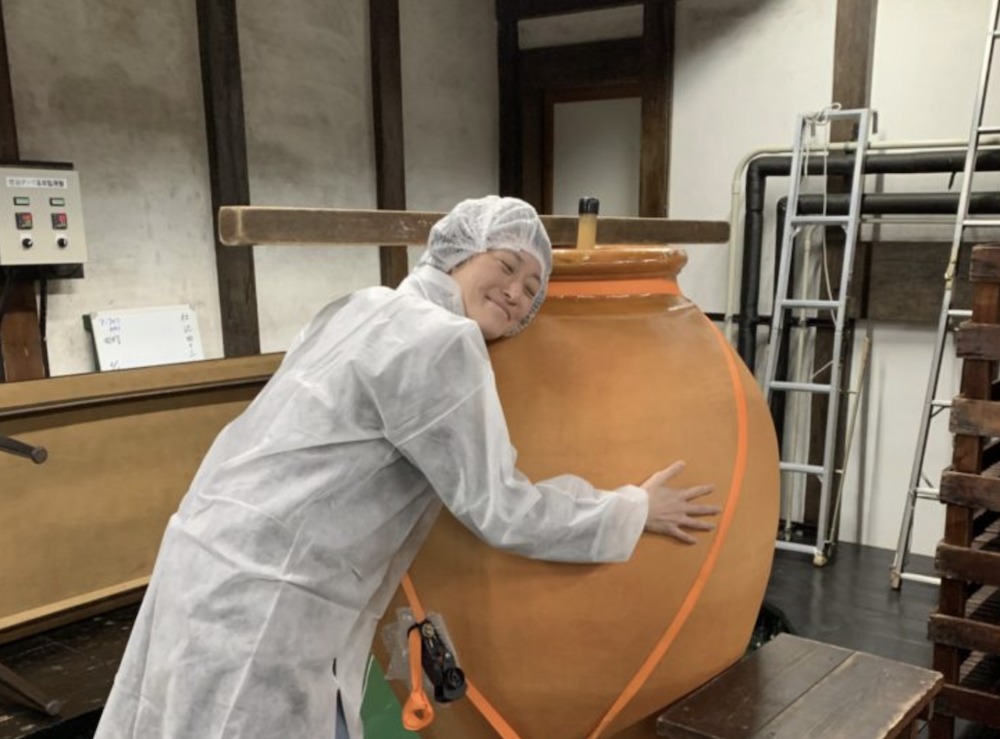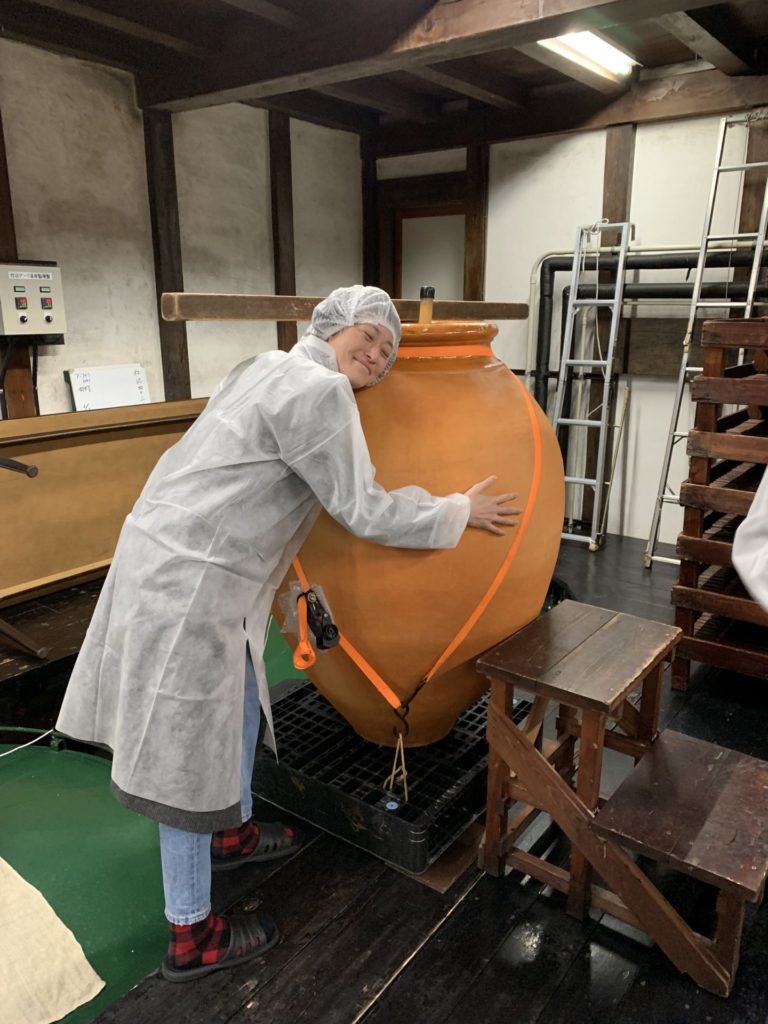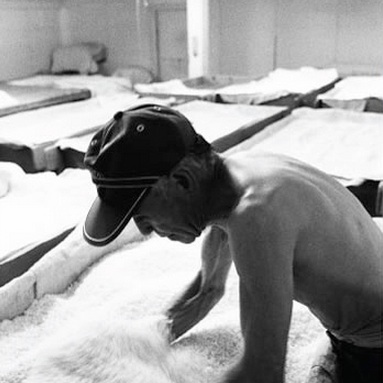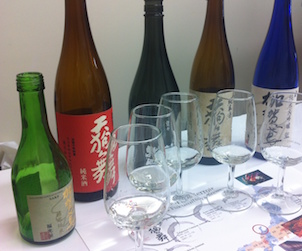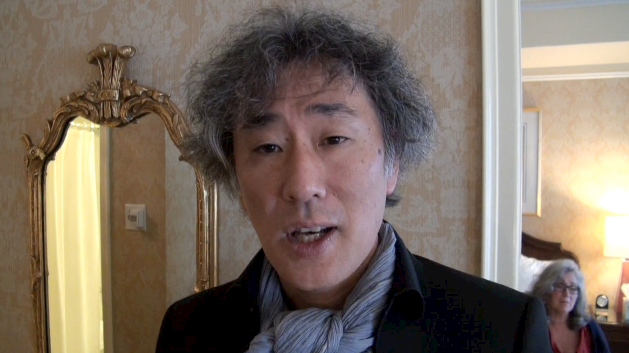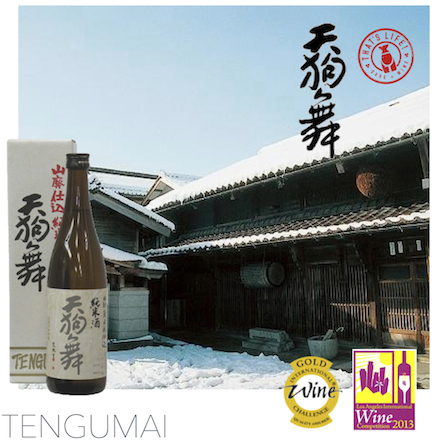How brewers are digging deep and rediscovering old and forgotten skills.
Like any industry, the sake world is full of buzz words and trends that make a sake nerd’s heart flutter with excitement. There was the Ginjo era that started during the bubble economy in Japan, full of beautifully fruity and aromatic sakes made with the latest and coolest (literally) yeasts. Aromatics of melon, lychee, apple… fruity and low in acidity, it was a new world of flavours for sake drinkers accustomed to the dry boring sakes of their grandfather’s generation. You drank them very chilled, in a frosty glass ochoko or if you were really ahead of the times, a wine glass, and they were reliably impressive.
These new styles of sake were possible because rice polishing machines became more accessible and brewers now understood how to make bright, finessed sakes. We’re probably at the tail end of this era and while Ginjo sakes will never go away (and they shouldn’t), it’s an exciting time where brewers are equipped with more knowledge than ever to express their true selves through rice.
A few years ago, we started hearing more and more brewers talking about a different way of making shubo, the fermentation starter. This shubo process is an essential part of sake making and the goal is to grow a healthy population of yeast for brewing. For much of the 20th century, the most popular way has used lactic acid to make a clean, reliable starter, producing great results. Called sokujo, meaning “fast-fermentation”, the style became popular for its speed and efficiency as the name suggests. The government loved it too because they got to collect their taxes faster.
But this is a relatively new process, established during the early 1900s. Before the discovery that a squirt of lactic acid could give you a clean fermentation, brewers were relying on much more rustic methods like Kimoto and Mizumoto starters.
If you got into making sourdough during the pandemic’s earlier months, you’ll know that compared to conventional breadmaking, sourdough starters need more time, love and patience. The bread also has more depth, complexity and flavour. Through this imperfect comparison, you can make the conclusion that sakes made the old school way have more depth, complexity, and flavour too.
The biggest difference between these starters (Kimoto, Mizumoto, and Sokujo) is how lactic fermentation takes place: naturally or with the addition of lactic acid?
In Sokujo, the shubo starter is given lactic acid by the brewer as an extra safety measure. By doing this, the starter becomes clean and safe, not allowing unwanted yeasts and bacteria to grow. The yeasts that we DO want grow and multiply, making fermentation possible. In Kimoto, the process takes longer because we are utilizing natural lactic bacteria in the environment to create lactic acid on its own.
Often misunderstood, you can use Kimoto starters to make sakes in many styles. Ginjo styles with brightness and fruitless, or Yamahai styles that are often aged and oxidative, reminiscent of Jura wines or dry Sherry. It’s up to the brewer how they want to express Kimoto starters but there’s consistency in the lactic notes, the textured mouthfeel you get and depth of flavour. “Funky” or wild notes can be found but it is absolutely not a given. There are other decisions the brewer has made for that to happen.
What’s behind the resurgence of these techniques? Like crop tops and platform shoes, what’s desirable often comes back in cycles. The brewers who are choosing to make Kimoto sakes are looking for a different experience. One that seeks complexity and subtlety, flavours and aromas that are not so easily labeled.
Below are some sakes for you to try, from a juicy Sokujo Ginjo sake to a elegantly savoury Yamahai to explore the range of flavours sake can offer.
In part 2, we’ll explore even more extreme styles.
Stay tuned for Mizumoto, wooden tank-fermented sakes and heirloom rice varietals.
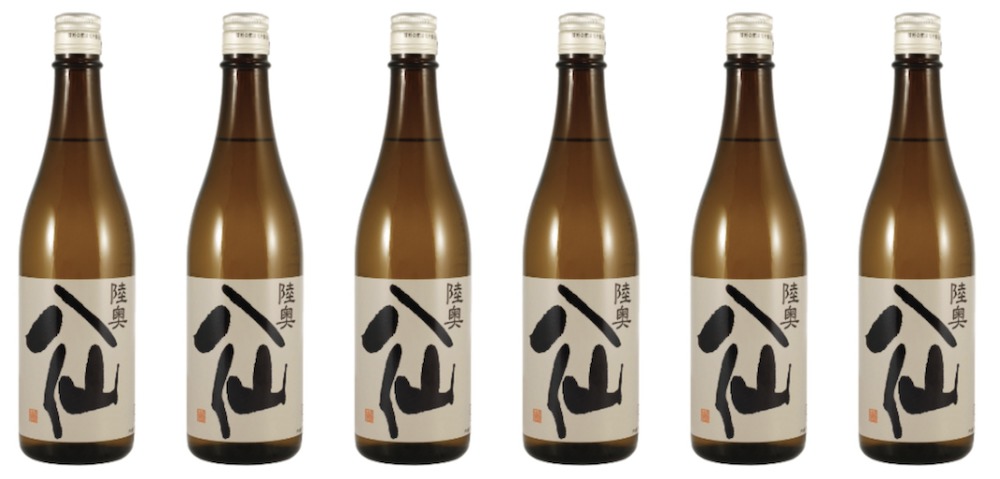
Mutsu Hassen Black Label (Junmai Ginjo)
A star brewery from Aomori prefecture, this one also uses local rice. A lovely, juicy Junmai Ginjo made in Sokujo method. Expect Fuji apples, plums and bright, clean acidity.
![]()

Yamagata Masamune 1898 (Junmai Kimoto)
A modern Kimoto at it’s finest, a creamy, weighty texture balanced with citrus and green fruit notes. Opens up with time (in a glass or decanter) and beautiful when warmed.
![]()
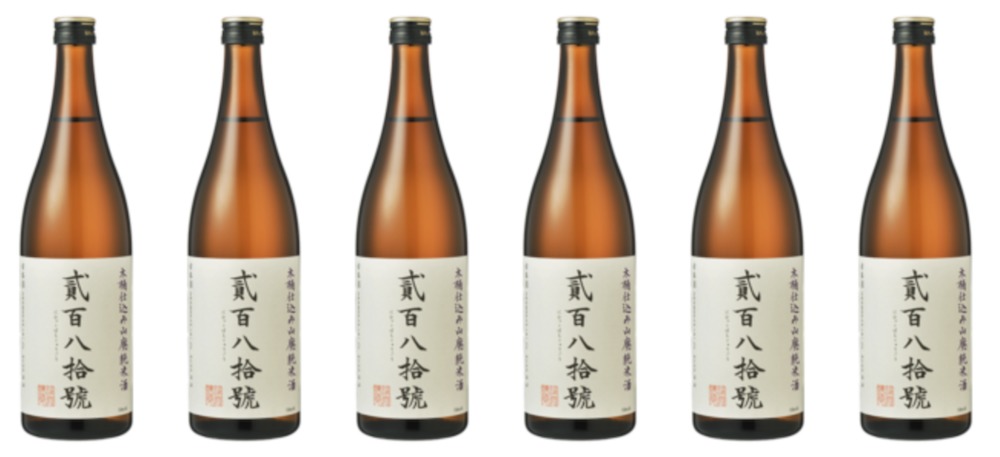
Kioke Yamahai Junmai Urakasumi 280 (Yamahai Junmai)
A mouthful of a name, there’s a lot going on here. Yamahai sakes are a variant of Kimoto, made usually a little saltier and oxidative compared to Kimoto sakes. This is also made in cedar tanks, which we’ll talk about more in part 2. Some micro-oxidation has occurred here, giving a beautiful layer of complexity to the sake.
![]()
(All ratings are out of a potential 5 apples)

